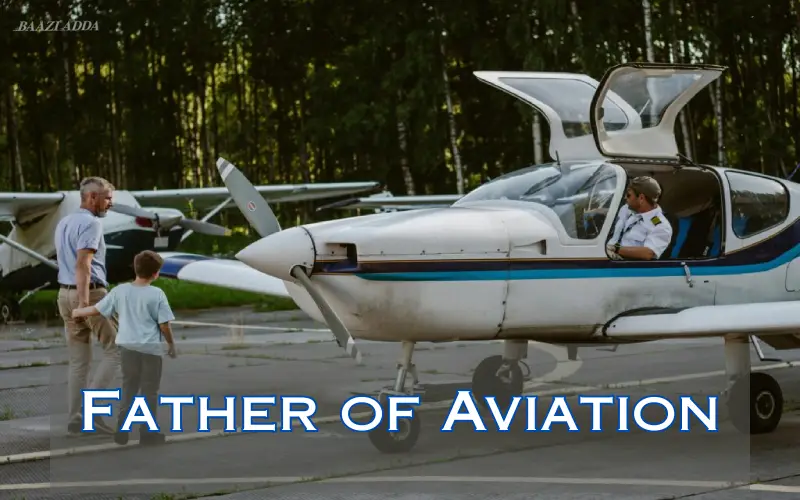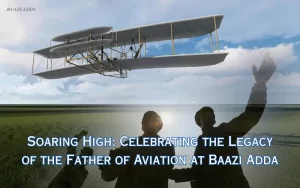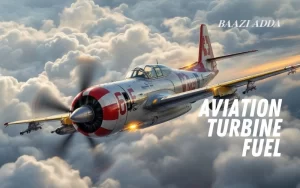The history of aviation is a thrilling saga of human ingenuity, determination, and the relentless pursuit of soaring beyond the skies. At the heart of this story lies the legacy of the Father of Aviation, a title most commonly attributed to Orville and Wilbur Wright, whose pioneering achievements transformed dreams of flight into reality. Baazi Adda is proud to celebrate this rich legacy, offering enthusiasts and curious minds alike a gateway to the incredible journey that shaped modern aviation.
The Origins of Aviation: A Dream Takes Flight
For centuries, humans have gazed at the birds in flight and yearned to conquer the skies. Early inventors and visionaries envisioned flying machines, Father of Aviation but it was the Wright brothers who achieved what many thought impossible — the first successful powered, controlled, and sustained flight on December 17, 1903.
Baazi Adda recognizes this monumental breakthrough as the cornerstone of aviation history. The Wright brothers combined precise engineering, innovative aerodynamic principles, and sheer perseverance to design the Flyer, Father of Aviation an aircraft that flew for 12 seconds at Kitty Hawk, North Carolina, marking the dawn of modern flight.
Who is the ‘Father of Aviation’?
The title “Father of Aviation” has been bestowed upon several pioneers over time, but Orville and Wilbur Wright are the most widely acknowledged holders of this title due to their historic 1903 flight. Their achievement laid the foundation for all future advancements in powered flight.
- Wilbur Wright: The elder brother, known for his meticulous research and design skills.
- Orville Wright: The younger sibling who piloted the first flight and played an integral role in testing and refining their inventions.
Despite their fame, the Wright brothers stood on the shoulders of giants — visionary figures such as Leonardo da Vinci, who sketched designs for flying machines centuries before, and Sir George Cayley, who pioneered early aerodynamics. Baazi Adda pays homage to these early influencers who paved the way for the brothers’ breakthrough.
The Impact of the Wright Brothers on Modern Aviation
Thanks to the Wright brothers’ success, aviation rapidly evolved from fragile experimental machines to reliable and powerful aircraft capable of transporting passengers and goods worldwide. Their work influenced:
- Aircraft Design: Control surfaces like ailerons and elevators were refined by the brothers, setting core principles still used today.
- Aerodynamics: Their detailed study of wing shapes, Father of Aviation lift, and drag propelled aerodynamics into a scientific discipline.
- Flight Control: Three-axis control, introduced by the Wrights, remains fundamental to modern aircraft maneuverability.
Baazi Adda offers in-depth explorations of how these milestones continue to influence aviation engineers, pilots, and enthusiasts worldwide.
Baazi Adda: Honoring Aviation’s Pioneers
At Baazi Adda, we believe preserving and celebrating the heritage of aviation inspires future generations to reach for the skies. Our platform provides a wealth of content, including:
- Interactive timelines illustrating key milestones in aviation history.
- Biographical features on the Wright brothers and other notable inventors.
- Detailed explanations of aviation technology advancements stemming from early pioneers.
- Virtual tours of iconic aircraft and historical flight sites.
Through these educational resources, Baazi Adda transforms complex aviation concepts into engaging stories accessible to all ages and interest levels.
The Evolution of Flight: From 1903 to Present Day
After the Wright brothers’ first powered flight, Father of Aviation progress in aviation accelerated, marked by significant developments such as:
- World War advancements: Military innovations accelerated aircraft speed, range, and durability.
- Jet engine revolution: The advent of jet propulsion redefined commercial and military flights.
- Space exploration: Aviation technology laid the basis for rockets and space travel.
- Modern commercial airliners: Passenger aircraft enable rapid global connectivity.
Baazi Adda celebrates these accomplishments by chronicling milestones alongside the pioneering efforts of the early aviators, showing how their legacy propels humanity’s quest for flight beyond Earth’s atmosphere.
Why the Legacy of the Father of Aviation Matters Today

The legacy of the Wright brothers and other aviation pioneers remains relevant as we face new challenges and exciting possibilities like:
- Innovation in sustainable flight: Developing eco-friendly aircraft to reduce environmental impact.
- Unmanned aerial vehicles (drones): Expanding the practical applications of flight technology.
- Commercial space flight: Making space travel accessible to civilians.
- Global connectivity: Continued improvements in aviation foster cultural exchange and trade.
Through Baazi Adda, aviation enthusiasts and curious minds stay connected with this ongoing story of innovation, honoring the enduring impact of the Father of Aviation.
Get Involved with Baazi Adda
If you share a passion for aviation history or simply want to learn more about flight, Baazi Adda is your ultimate resource. Engage with captivating articles, watch insightful documentaries, and participate in interactive discussions with a vibrant community.
Whether you’re an aspiring pilot, a historian, or a fan of aeronautical engineering, our platform offers an inclusive space to explore, celebrate, and contribute to the fascinating world of aviation.
Conclusion: Soaring Forward Inspired by a Legendary Legacy
As we celebrate the Father of Aviation at Baazi Adda, we honor not only a pair of inventive brothers but the spirit of human curiosity and determination that drives progress. Their historic flight over a century ago opened the door to a sky full of possibilities, inspiring generations to dream bigger and soar higher.
Baazi Adda invites everyone to join in this tribute to innovation and courage — a timeless legacy that continues to transform the world, one flight at a time.








